Intorno ad una delle più antiche chiese del Molise, Santa Maria della Strada, circola una singolare storia: la leggenda del re Bove, pervenuta fino a noi solo attraverso sommari.
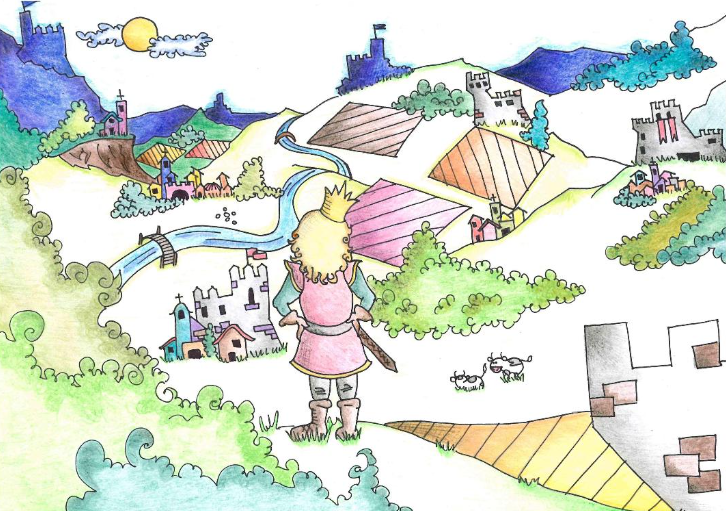
Vi si narra che un re di nome Bove innamorato follemente della sorella, si rivolse al Papa per ottenere il permesso di sposarla;
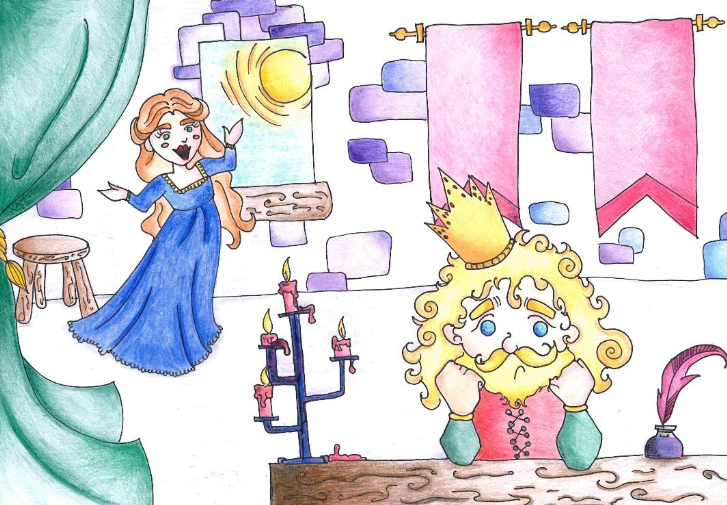
Il Papa acconsentì a patto che re Bove riuscisse ad edificare, in una notte cento chiese di forma e grandezza determinata e disposte in modo che fossero visibili l’una dall’altra.
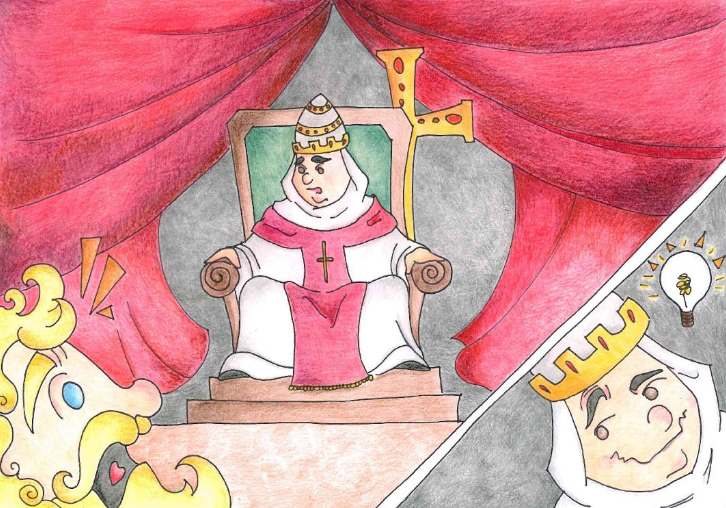
La prova impossibile non spense il desiderio ardente del re che si rivolse al demonio, l’unico in grado di dargli un tale potere. Il diavolo, in cambio di tanto lavoro, chiese l’anima del re.
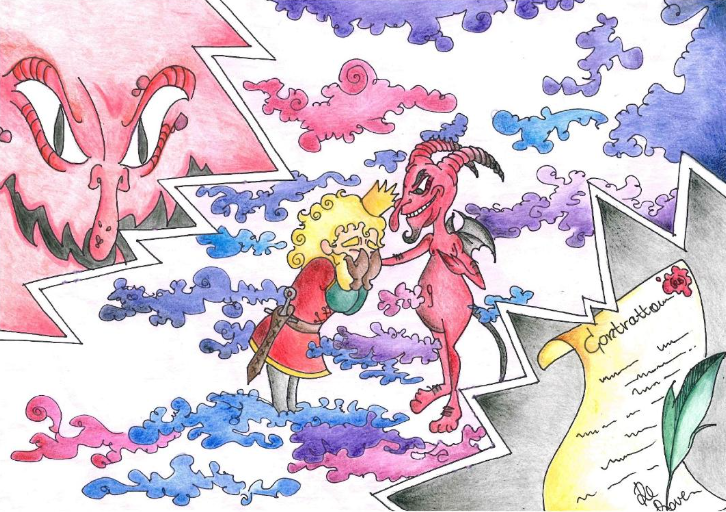
Nella notte il sovrano e il demonio lavorarono incessantemente per costruire le chiese, il demonio faceva ruzzolare dal monte i macigni di pietra ed il re li sovrapponeva.
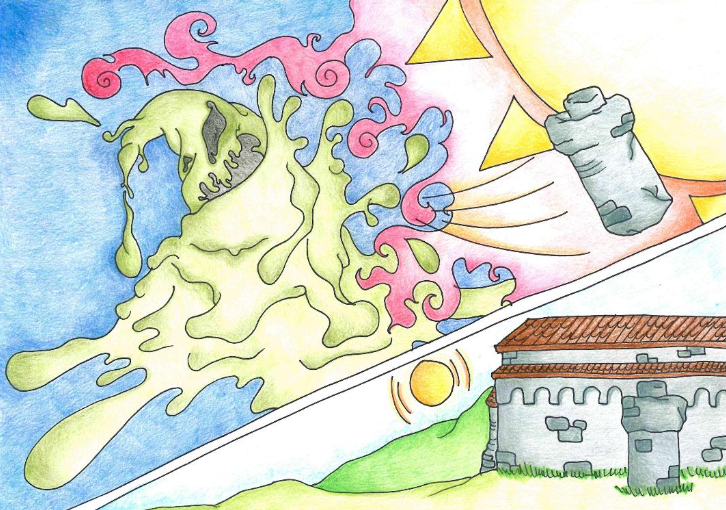
All’alba novantanove chiese erano costruite, ma prima che la centesima fosse compiuta, re Bove provò un profondo rimorso e pentimento e piangendo, pregò intensamente Dio, il quale, nella sua infinita misericordia lo perdonò, mentre il demonio, irritato per l’ennesima sconfitta, scagliò un masso contro la chiesa in via di ultimazione, quella di Santa Maria della Strada, e ne colpì il campanile;
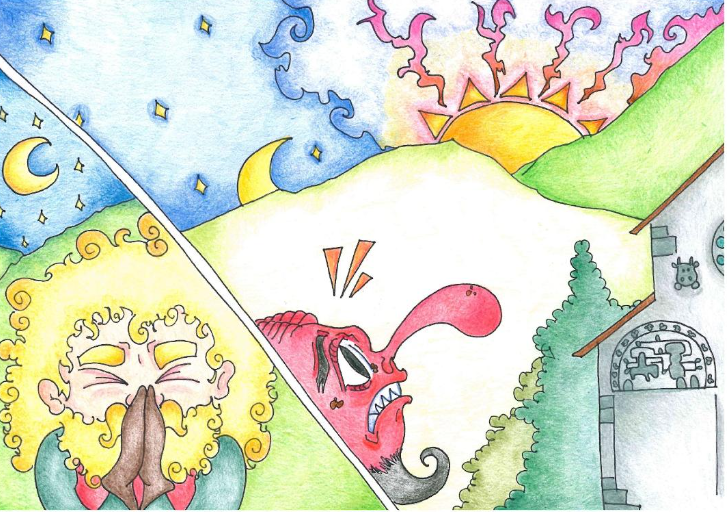
il masso rimbalzò e si conficcò nel terreno a poca distanza dalla costruzione; effettivamente nei pressi della chiesa c’è un masso che è chiamato il masso del diavolo.
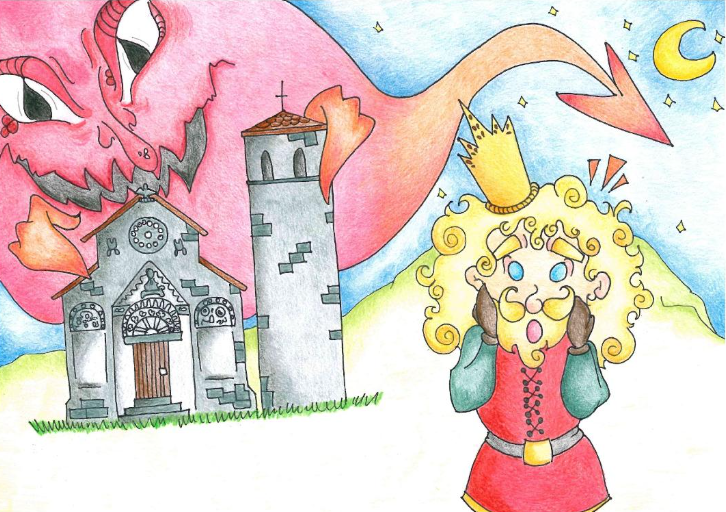
Re Bove venne sepolto nell’ultimo edificio costruito, quello di Santa Maria della Strada.
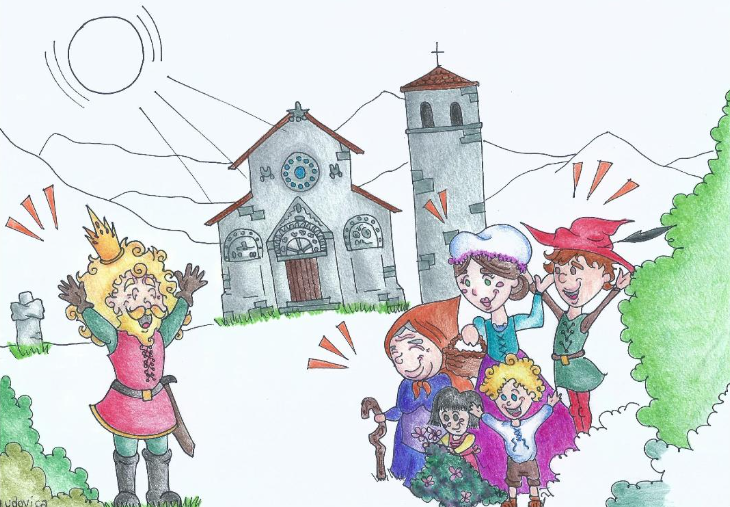
La leggenda racconta che solo sette chiese sono sopravvissute nei secoli: quelle di Santa Maria di Monteverde, Maria Santissima Assunta di Ferrazzano, San Leonardo di Campobasso, Santa Maria di Cercemaggiore, Santa Maria della Strada, la cattedrale di Volturara Appula, mentre resta oscuro il nome della settima.
The Legend of King Bove
A singular story surrounds one of the oldest churches in Molise, Santa Maria della Strada: the legend of King Bove, passed down to us only in summaries. It tells of a king named Bove who, madly in love with his sister, sought the Pope's permission to marry her. The Pope agreed on the condition that King Bove could build, in one night, one hundred churches of a specific shape and size, arranged in such a way that they would be visible to one another.
This impossible task did not extinguish the king's burning desire, so he turned to the devil, the only one capable of granting him such power. The devil, in exchange for this work, demanded the king's soul.
Throughout the night, the sovereign and the devil worked tirelessly to build the churches, with the devil rolling down massive stones from the mountain and the king stacking them.
At dawn, ninety-nine churches had been built, but before the hundredth was completed, King Bove was overcome with deep remorse and repentance. Crying, he prayed fervently to God, who, in His infinite mercy, forgave him. The devil, enraged by yet another defeat, hurled a boulder at the church still under construction, Santa Maria della Strada, striking its bell tower. The boulder bounced off and lodged itself in the ground a short distance from the building; in fact, near the church, there is a boulder known as the Devil's Rock.
King Bove was buried in the last building constructed, Santa Maria della Strada.
The legend tells that only seven churches survived through the centuries: Santa Maria di Monteverde, Maria Santissima Assunta of Ferrazzano, San Leonardo of Campobasso, Santa Maria of Cercemaggiore, Santa Maria della Strada, the cathedral of Volturara Appula, while the name of the seventh remains unknown.




